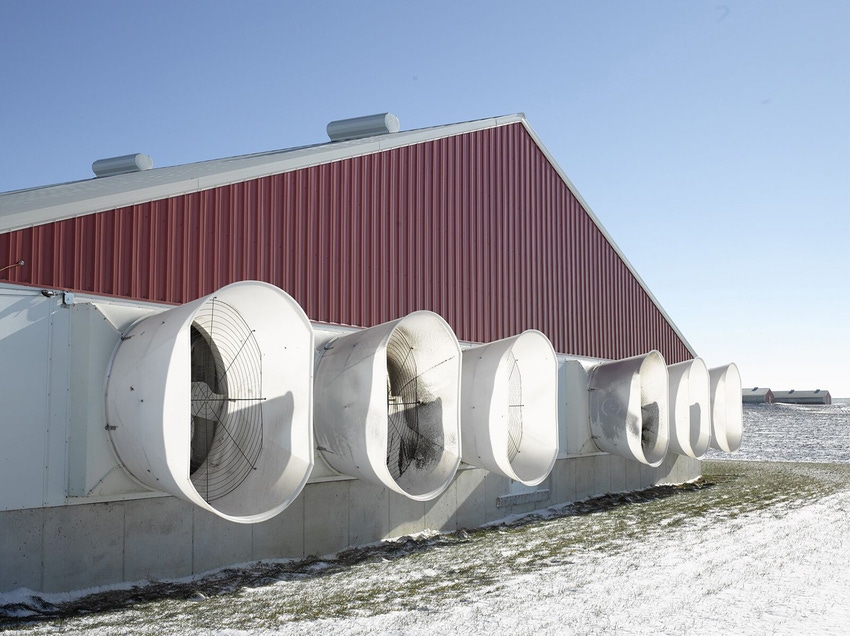Further research in aerosol technologies is warranted
Many new technologies will require farm adaptation as well as economic analyses.
December 12, 2023

Infectious diseases such as porcine epidemic diarrhea, porcine reproductive and respiratory syndrome, influenza and others can be transmitted through contaminated airborne particles. A variety of industries use different technologies to control aerosolized emissions such as airborne pathogens.
To investigate novel technologies from other industries for potential translation to swine facilities, the Swine Health Information Center funded Montserrat Torremorell, University of Minnesota, and colleagues to conduct an extensive review of current and prospective aerosol technologies. Their findings have now been published in Frontiers in Veterinary Science in a report titled, “Control technologies to prevent aerosol-based disease transmission in animal agriculture production settings: a review of established and emerging approaches.”
The published report contains the authors’ review with an emphasis on technologies that can be incorporated into mechanically driven (forced air) ventilation systems to prevent aerosol-based disease spread from facility to facility. Torremorell and colleagues found they could group control technologies in three categories:
Currently implemented technologies
Scaled technologies used in industrial and medical settings
Emerging technologies
Torremorell said technologies to mitigate aerosol-based disease transmission are needed despite the presence of many on-farm biosecurity protocols. “Airborne control technologies should be used in conjunction with all other on-farm biosecurity protocols to limit pathogen introduction through all possible routes,” she explained. “Preventing disease introduction into and spread from farms should be a priority to ensure food security, thus further research in aerosol technologies is warranted.”
Reviewers noted there are established technologies such as mechanical ventilation systems with filters that have been effective at preventing pathogen transmission between farms. However, they observed, filters are costly and cumbersome to operate.
The review process found promising technologies for farm applications. These include electrostatic particle and ultraviolet-C devices that could replace and/or complement filtration, as they have been proven to work in industrial and medical environments. Torremorell cautioned these technologies have not been adapted to farms and it is not yet known whether their cost/benefit analysis would support their implementation.
Emerging technologies such as microwave, ionization-based systems, and technologies generating reactive oxygen species were considered by reviewers who said each will require testing at multiple levels before they can be considered for on-farm application.
The study authors point out many new technologies will require farm adaptation as well as economic analyses. Further, there is a need to harmonize testing approaches to compare between technology effectiveness for future work.
You May Also Like



